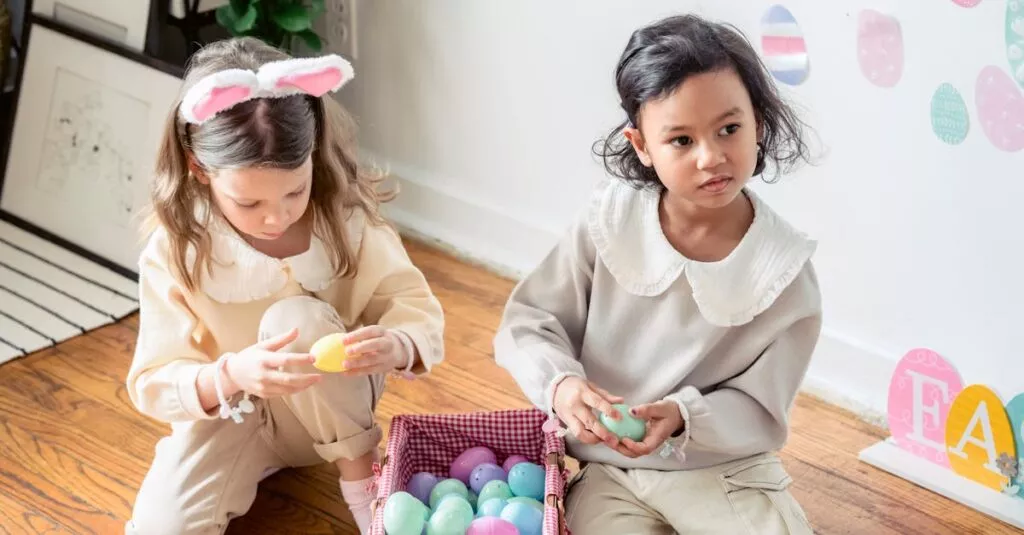Understanding Cultural Norms in Play
Cultures shape how babies play. Every country has its own traditions and norms. For example, in Japan, group activities are common, fostering cooperation. On the other hand, American parents often emphasize independence through solo play. By understanding these cultural differences, we can appreciate diverse approaches to childhood development. It’s like peeking into another family’s playroom—always fascinating, sometimes unexpected, but ultimately enriching.

The Role of Family in Infant Learning
Family dynamics are pivotal in infant learning. In many cultures, extended families participate in raising a child. My Italian friend’s parents, grandparents, and even cousins play a role in teaching their kids. This collective approach contrasts with the nuclear family model dominant in Western societies. These differences influence not only social skills but also how children perceive learning and play. So, next time your child’s grandparents want to jump in, say ‘Grazie’ or just thank them!

Traditional Toys Across Cultures
Toys differ worldwide, each reflecting cultural values. In Peru, kids might play with traditional hand-carved animals, while in Sweden, you’ll find minimalist wooden puzzles. These toys aren’t just for fun; they teach children about their heritage and environment. When I visited India, I brought back a beautiful wooden spinning top. It became my daughter’s favorite toy, bridging cultures through play. Exploring diverse toys can be a joyful learning experience for both parents and children.
Language and Communication in Learning
Language is crucial in infant learning and is deeply influenced by culture. In bilingual families, babies benefit from early exposure to multiple languages. This improves cognitive flexibility. My cousin’s baby is learning English and Mandarin simultaneously—talk about brain gym! However, language also extends to how we communicate during play. Some cultures emphasize storytelling, enriching the child’s imagination. Integrating diverse linguistic practices can give your child a rich learning environment.

Key Takeaways:
- Early exposure to multiple languages benefits infants.
- Storytelling during play enhances a child’s imagination.
- Diverse linguistic practices create a rich learning environment.
Emotional Challenges and Parental Support
Parenting isn’t all sunshine and roses—especially when faced with cultural differences. Emotional challenges could arise when family traditions conflict with new parenting styles. For instance, my husband’s German family believes in strict sleep schedules, which clashed with my Argentine approach of letting the baby set the pace. Navigating these differences requires patience and dialogue. It’s okay to feel overwhelmed. Sharing experiences with a supportive community can make this journey easier.

Encouraging Diverse Play Experiences
Diverse play experiences benefit children immensely. Encourage your child to explore various cultural games and activities. It broadens their horizons and fosters inclusivity.
Recently, we introduced our son to Korean ‘Jegichagi’—fun and active! Rotate toys and games from different cultures in your child’s playroom. This doesn’t just keep playtime exciting; it also teaches respect for diversity.
By embracing global playtime, you prepare your child for an interconnected world.

